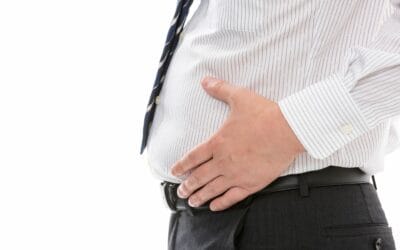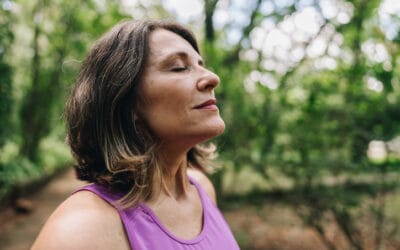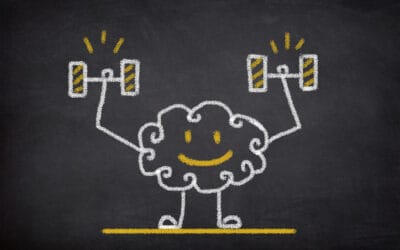Breathing is the most natural thing we do. It’s the very first act of life for every human being. And because it feels so automatic, most healthy people never stop to wonder if they’re doing it correctly. But are we? Do we really understand the purpose of breathing—and how it changes as we age? Is it possible to learn how to breathe better?
What is the purpose of breathing?
Breathing is essential for life. The respiratory system plays a vital part in supporting the body and is involved in several processes that help maintain homeostasis—the balance of the body’s functions
Here are the main physiological functions of respiration.
- gas exchange: it allows the respiratory gases—oxygen and carbon dioxide—to be transferred between the environment and the blood. In the pulmonary alveoli, oxygen is absorbed into the blood, which then releases carbon dioxide. The oxygen is carried to the tissues (oxygenation), while carbon dioxide is transported from the tissues to be expelled during exhalation.
- regulation of acid-base balance: the buildup of carbon dioxide lowers the body’s pH, making it more acidic. By eliminating carbon dioxide, the pH is kept stable (around 7.35-7.45), which is crucial for the proper functioning of enzymes and biochemical reactions.
- support of cardiovascular function: proper lung ventilation is essential for maintaining effective tissue oxygenation and removing waste products.
- thermoregulation: breathing helps release body heat in the form of water vapor and exhaled warm air. This function is especially important during heat stress or intense physical activity, when the respiratory rate increases to help cool the body
- sound production: as air passes through the vocal cords during exhalation, it enables phonation—the production of sound or voice.
- immune defense and filtration: the respiratory system has defense mechanisms against pathogens and allergens that help prevent infection and inflammation. Mucus traps harmful particles, preventing them from reaching the lower respiratory tract. The cilia in the respiratory epithelium remove mucus and anything trapped in it, while alveolar macrophages engulf and destroy potential threats.
- metabolic function: the lungs play a key role in regulating blood pressure and maintaining water balance in the body.
- mechanical effect on body fluid mobilization: the movement of the diaphragm during breathing enhances venous return and promotes lymphatic drainage.
- adaptation to exercise and environmental conditions: during exercise, the respiratory rate and breath depth increase to meet higher oxygen demands and remove excess carbon dioxide. At high altitudes, ventilation increases to compensate for lower atmospheric oxygen pressure.
How does breathing change over time?
As long as there are no issues, you don’t think about it. However the respiratory system also undergoes changes associated with aging:
- elastic fibers in the lung tissue decrease, reducing the ability to spring back and causing alveolar dilation;
- peripheral airways (acini and conducting pathways) deteriorate, leading to heterogeneous ventilation;
- diaphragm contractility decreases, and skeletal muscle mass is reduced.
As a result, its essential functions may change. For instance, respiratory exchanges become less efficient. Respiratory mechanics are also affected, leading to changes in lung volumes and expiratory flow. The rib cage may stiffen, contributing to thoracic kyphosis.
Lung function naturally declines with age, but this process can be sped up or slowed down by various factors, including habits, behaviors, and environmental conditions. Smoking, exposure to dust, respiratory infections, low birth weight, and childhood asthma can all accelerate the aging of the respiratory system. On the other hand, adopting a healthy lifestyle, staying physically active, training respiratory muscles, and practicing slow, controlled breathing can help slow the age-related decline in lung function
Understand the health of your respiratory system
A medical checkup and monitoring of specific parameters can help assess the health of your respiratory system.
Spirometry, for example, measures forced vital capacity (FVC) and forced expiratory volume in one second (FEV1). Both decrease with age, but the FEV1 value, in particular, can signal a decline in lung function. Another indicator of respiratory aging is the increase in the ratio of residual volume to total lung capacity, which reflects the amount of gas trapped in the lungs.
Then there are specific indices that provide information on ventilation heterogeneity and peripheral airway function, while forced expiratory flow 25-75% (FEF25-75) is sensitive to peripheral airway changes and may decrease with age.
Breath re-education through respiratory exercises
As mentioned, the physiological changes in the respiratory system and its functions over time can be positively influenced. To re-educate the system (even in the presence of underlying conditions) or to strengthen it for improved performance, SoLongevity has developed a specialized breathing exercise program.
Breath Training is led by a multidisciplinary team, including a breath coach, an osteopath, and the Longevity Doctor. The program focuses on teaching proper breathing, breathing techniques and muscle use (biomechanics) to support respiratory function, aiming to restore or enhance optimal breathing. Progress is measurable and supported by improvements in respiratory parameters.
Breath Training is divided into 2 distinct modules: a 3-week module focused on respiratory reeducation(Re-education Program) and an 11-week module aimed at strengthening function(Strengthening Program). Both modules include an initial assessment of respiratory capacity and biomechanics, a medical history review, and a customized training program, followed by a final evaluation of results.
Find out more about the work of the Breath Training clinic







